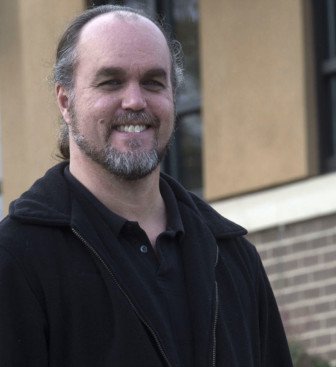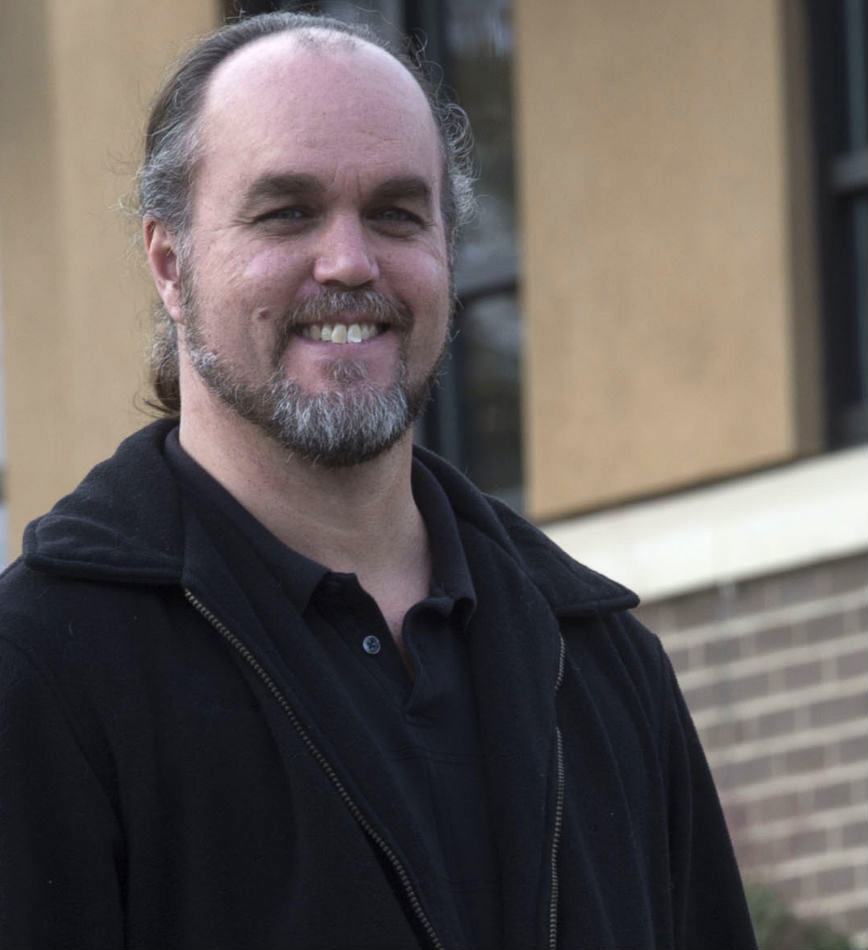 The uproar between the left and right over “unaccompanied minors” and what to do about them is masking the long-standing role of the U.S. in creating the corrupt and destabilized societies these kids are fleeing. At its heart, the question of what to do with these children is a moral one. These children, despite the rhetoric, are not criminals. They are refugees.
The uproar between the left and right over “unaccompanied minors” and what to do about them is masking the long-standing role of the U.S. in creating the corrupt and destabilized societies these kids are fleeing. At its heart, the question of what to do with these children is a moral one. These children, despite the rhetoric, are not criminals. They are refugees.
As usual the main divisions over what to do about the crisis are between the right and left. Right wing voices call for strengthening the border and tougher laws. Paramilitary groups are preparing to “assist” federal agents at the border while other groups try to block buses full of children from entering their communities.
On the left, partisans point out that the 2008 law protecting the kids from Central America was passed on a bipartisan vote and signed by President George W. Bush. Meant to protect vulnerable children crossing international borders and subject to human trafficking, the law ensures that unaccompanied minors from Central America will receive a hearing before an immigration judge. Mexican minors are treated differently under the law and are quickly sent back over the border. What the left doesn’t talk about is the current administration’s role in creating chaos to the south.
Héctor Silva Avalos points out in The New York Times that the president, following decades-long policies of his predecessors, has supported Central American political elites and right wing militaries throughout instead of pushing for reform of the dysfunctional political and economic systems that harm most of the population there. “The United States’ … homegrown vices — drug consumption and gun markets — feed the violence that feeds migration from the south.”
Honduras, home to “the murder capitol of the world,” has increasingly begun to use military forces in police work (and altered its constitution in order to do so) and to militarize conventional police forces. Soldiers trained by American Special Forces in counterinsurgency and equipped with surplus American hardware are as likely to be used against the general population as criminals.
The pattern is repeated throughout Central America and Mexico. As Alexander Main writes in the North American Congress in Latin America, “U.S. assistance has been accompanied by a dramatic spike in violent crime … Homicide rates have skyrocketed in El Salvador, Guatemala, and Honduras, the countries that received the bulk of … funding.” In Mexico, more than 80 thousand people have been killed in the War on Drugs since 2006 and more than 200 thousand displaced.
U.S. policies and practices have encouraged the worst elements of these societies. The feared Central American gangs Mara Salvatrucha and the 18th Street Gang, said to be responsible for much of the region’s violence, were born in Los Angeles among immigrants fleeing the CIA-sponsored wars of the ‘60s and ‘70s.
On the other side of the law Central American courts and police are prone to corruption and extortion. Huge sums of money are available to drug cartels operating in the region, making bribery common. The money comes from the huge demand for drugs in the U.S. Together these factors have eroded civil society and created a dystopian nightmare for citizens. It’s no surprise that people flee or send their children to what they believe is a better place.
Perhaps most chilling is the assertion that this wave of recent violence is indicative of progress. William Brownfield, assistant secretary at the Bureau of International Narcotics and Law Enforcement Affairs under the Department of State, told the Associated Press last year that “the bloodshed tends to occur and increase when these trafficking organizations … come under some degree of pressure.” Sadly for the citizens of these countries it is their blood and that of their children that is spilled.
One girl, quoted in a report conducted by the U.N. High Commissioner for Refugees, encapsulates the situation that the children of these nations face. “I left on April 7. They said if I was still there on April 8, they would grab me, and I didn’t know what would happen.”
The policies of our nation going back for decades have directly helped create the chaos these kids live with. The dangers of the route to the U.S., including La Bestia, the train that children ride through parts of Mexico on their way to the U.S. border, are real.
Children are killed, robbed, assaulted and raped, but at least there is hope at the end of the tracks. In their homes there is none.

Pingback: US Policies Are at the Heart of Why ‘Unaccompanied Minors’ Are Crossing the Border -
John: I always enjoy reading your Op-Eds. Very insightful. I lived in Costa Rica and Mexico for several months as a student, so part of my heart is still in Central America and Mexico. But, I disagree that these children are refugees because their countries are not at war. My concern is for the kids, but how do we know who they are or where they are coming from? Are the stories they tell to the courts true? Do they all have family here? Do they carry illness? While they are here, they should be treated well (which is not happening) and deported quickly (also not happening). My thought is to check them for illness, give them care and send them home to their parents. The violent situations in the Central American countries, even though financed by the U.S. are domestic issues and not war. It is primarily up to those governments to find the resolutions. What comes to mind for me are the youth of Chicago. They also have no where to go and are in the middle of a violent mess caused in part because of the war on drugs. Are they also refugees? Just my thoughts. Thanks for writing and making me think, John.